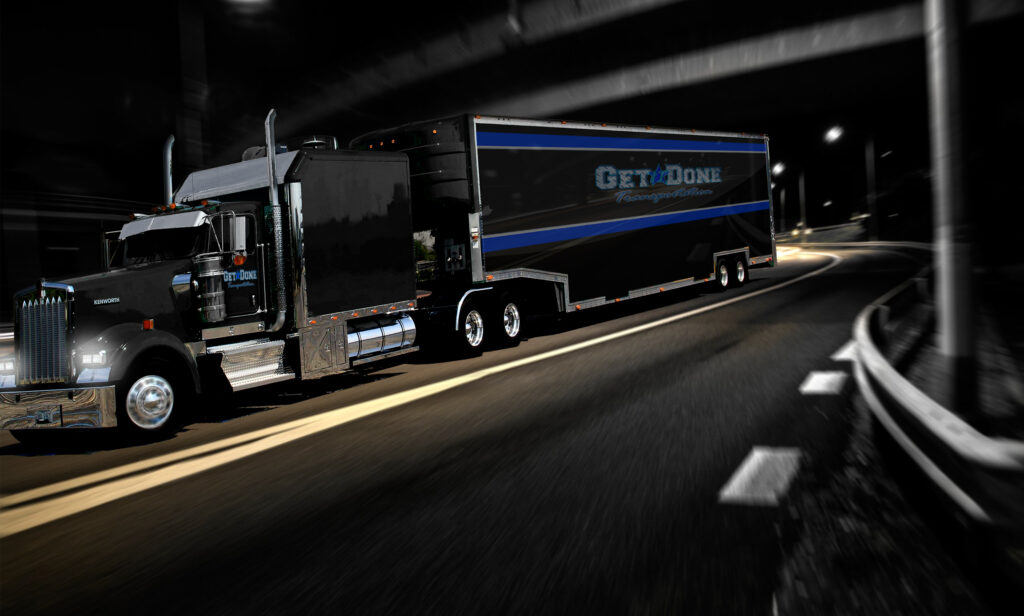Transporting an inoperable vehicle is indeed possible, but it demands meticulous planning, specialized equipment, and often incurs additional costs. Below is an in-depth exploration of the considerations, processes, and implications involved in transporting a non-operational vehicle.
1. Definition of Inoperable Vehicle:
- Inoperable Vehicle: It refers to a vehicle that cannot start or move under its power due to mechanical issues, damages, or other reasons.
2. Preliminary Considerations:
- Transportation Costs:
- Transporting a non-functional vehicle is usually more expensive due to the need for specialized equipment and extra labor.
- Carrier Choice:
- Not all carriers are equipped or willing to transport inoperable vehicles, so specific carriers who offer this service must be chosen.
- Vehicle Condition:
- The vehicle’s condition, extent of damage, and weight are pivotal factors determining the feasibility and cost of the transport.
3. Evaluation and Quotes:
- Assessment of Condition:
- A detailed evaluation of the vehicle’s condition and the specific reasons it’s inoperable is crucial.
- Obtaining Quotes:
- Based on the assessment, obtain quotes from multiple carriers specializing in transporting inoperable vehicles to get a fair price.
4. Preparation of Vehicle:
- Securing Loose Parts:
- Similar to operable vehicles, any loose or detachable parts should be securely fastened or removed to avoid damages during transit.
- Emptying Vehicle:
- The vehicle should be devoid of personal belongings and any fluids that may leak and cause damage or delay.
- Documentation:
- Document the condition of the vehicle meticulously, capturing images and noting existing damages, if any.
5. Choosing the Right Carrier:
- Specialized Equipment:
- Opt for carriers possessing the required equipment like winches to load and unload the inoperable vehicle safely.
- Experience and Expertise:
- Prefer carriers with experience and expertise in handling non-operational vehicles to ensure safe and efficient transport.
- Insurance Coverage:
- Verify the carrier’s insurance policy, ensuring it provides adequate coverage for inoperable vehicles during transit.
6. Loading and Unloading:
- Special Equipment and Precautions:
- Loading an inoperable vehicle demands specialized equipment and extra precautions to avoid damages to the vehicle and the transport equipment.
- Additional Time and Labor:
- Given the complexities, loading and unloading will usually take more time and require more labor, which contributes to the additional cost.
7. Modes of Transport:
- Open Transport:
- Suitable for less valuable inoperable vehicles as it’s more cost-effective but offers less protection.
- Enclosed Transport:
- Ideal for high-value or delicate inoperable vehicles that necessitate extra protection from environmental elements and potential damages.
8. Legal and Regulatory Compliance:
- Legal Documentation:
- Ensure all necessary legal documentation, like titles and registration, are in order to avoid any legal complications during transport.
- Regulatory Adherence:
- The transport should adhere to all applicable regulatory guidelines, especially considering the vehicle’s inoperable status.
9. Post-Transport Inspection:
- Assessment of Condition:
- Once the vehicle reaches its destination, a thorough inspection should be conducted to assess its condition and identify any damages incurred during transit.
- Claiming Damages:
- If any damages are detected, the proper procedures should be followed promptly to claim damages from the carrier’s insurance.
10. Conclusion:
Transporting an inoperable vehicle is a nuanced endeavor encapsulating multiple facets including meticulous preparation, specialized handling, and regulatory adherence. It reflects a harmonious convergence of technical expertise, logistical acumen, and legal proficiency, orchestrating a seamless transition from the point of origin to the destination.
This intricate process embodies the essence of adaptability, precision, and responsibility, navigating the multifarious challenges inherent in transporting non-functional vehicles. It underscores the pivotal role of specialized carriers, comprehensive documentation, and rigorous inspection in fortifying the transport mechanism against potential pitfalls and uncertainties.
In essence, the transportation of inoperable vehicles illuminates the broader paradigm of logistical innovation and customer-centric solutions, exemplifying the relentless pursuit of excellence and reliability in the face of adversity. It resonates with the enduring principles of integrity, diligence, and accountability, accentuating the transformative impact of cohesive collaboration and strategic foresight in redefining the boundaries of vehicle transport services.







